Aims and Scope
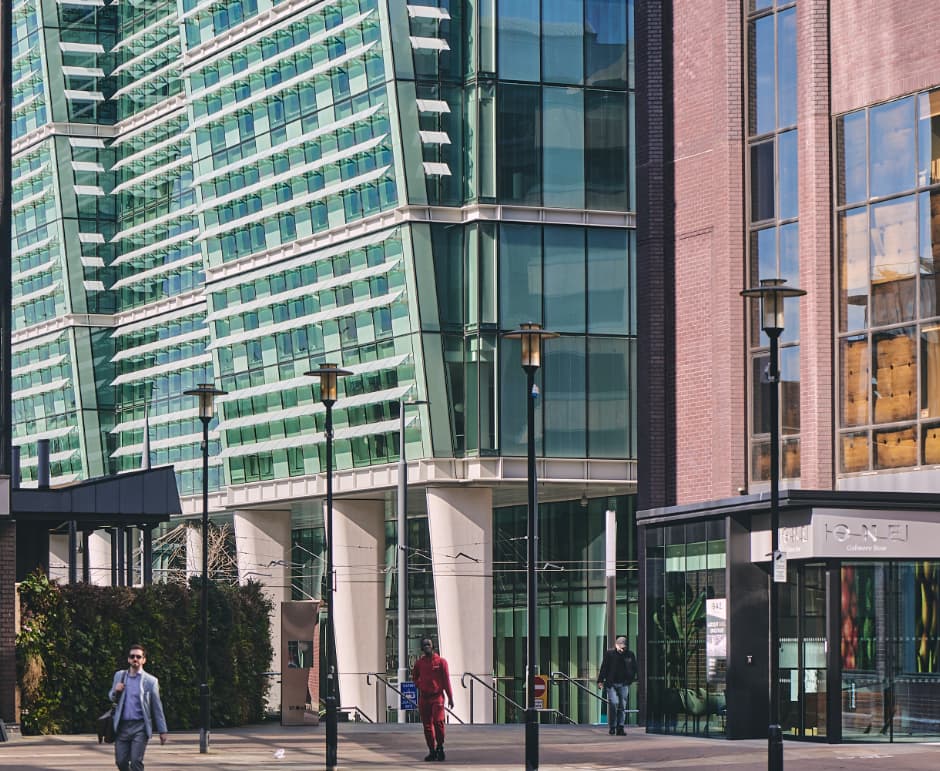
The Study reviewed existing literature and commentary as well as undertaking primary data collection through interviews, surveys, workshops and a Call for Evidence, ensuring we engaged a wide audience and produced a set of independent and evidence-based reports.
The future for offices and city centres more generally has been a subject of lively debate since the first lockdown in March 2020. Much has focussed on remote working and the extent to which this may be a long-term behavioural shift, with consequences for retail, hospitality, cultural and other sectors.
At national, regional and local levels it is broadly accepted that life will not return to exactly as it was before March 2020. We are working alongside ‘rebuild’, ‘recharge’ and ‘recovery’ efforts at all levels of government, providing a medium-long term focussed view on the future of business districts and how the sectors which have prospered in our city centres will return to growth.
National and even global perspectives will be useful in shaping the thinking as we explore wider trends including those supercharged by our experiences through COVID-19 such as mental health and well-being; work/life balance; diversity and demographic change; the digital revolution and artificial intelligence; climate change and congestion.
Colmore BID is strongly positioned as a case study of a well-established and geographically distinct central business district. We drew on our levy payers and a community of over 35,000 workers, as well as our close working relationships with both adjoining BIDs and peers across the country.
This independent, partnership-based and future-focussed study had a clear mission and produced practical outputs. Our reports will be data rich and draw together major themes. It is not a single forecast or a blueprint, but paints scenarios and sets out considerations for businesses and policy makers.
The study sets out to answer two fundamental questions:
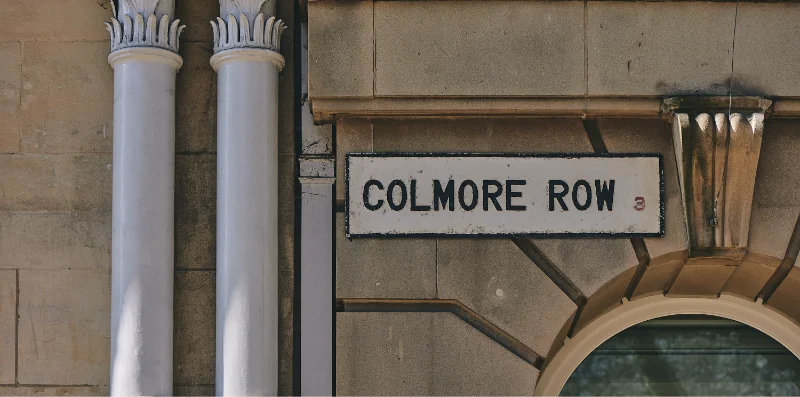
What is the likely long-term impact of the COVID-19 pandemic on city centre business districts?
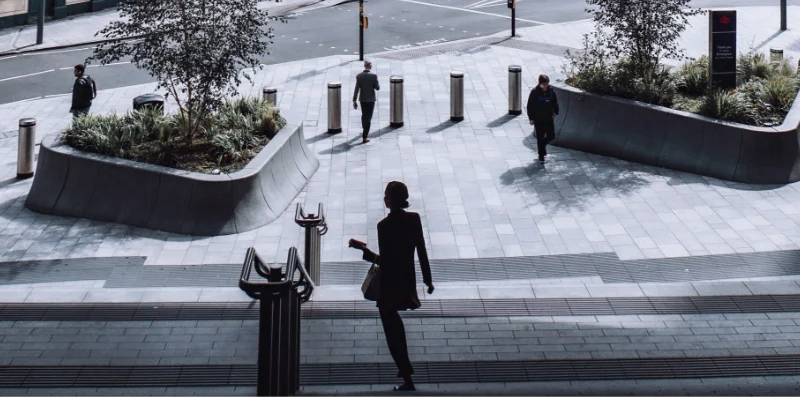
How can we ensure they remain successful as places to attract businesses and people and contribute to vibrant city centres?
The Research Aims were:
- Analyse and summarise data and trends relating to the future of city centres with a specific focus on BPFS workplace communities and interdependencies with creative, digital, retail, leisure/hospitality and cultural sectors.
- Provide an historical perspective from ‘revolutionary’ eras, such as city centre responses to depressions, conflict/terrorism, pandemics, major technological and behavioural changes.
- Undertake primary research with local/regional stakeholders, with particular emphasis on the expectations of Generation Z on the future of work.
- Identify, analyse and map out future uses and functions of city centre business districts, drawing on best practice, UK and global leaders; as well as related agendas including digital, climate change/clean air, city living and wellbeing.
- Engage with and inform local and national industrial strategies and economic recovery plans to help shape future policy directions and responses.
The Study had three phases:
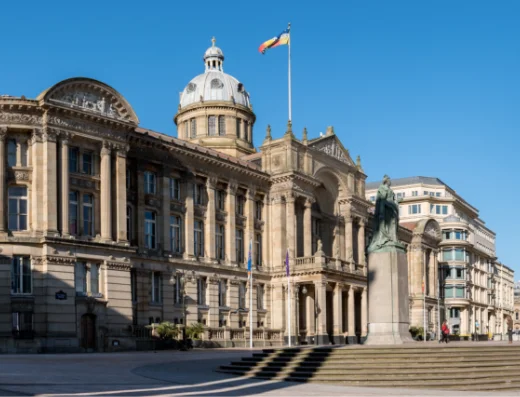
Research
Academic and literature review to set the context and gather data
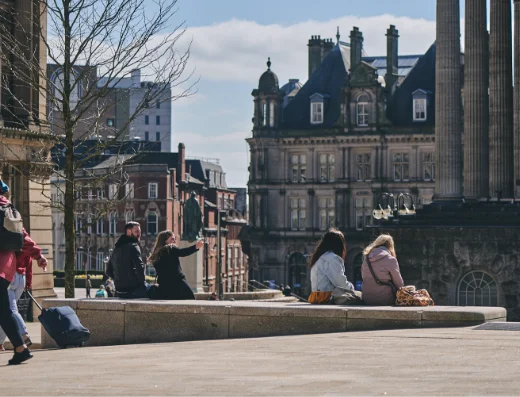
Engagement
Consultation with stakeholders through interviews, workshops and surveys
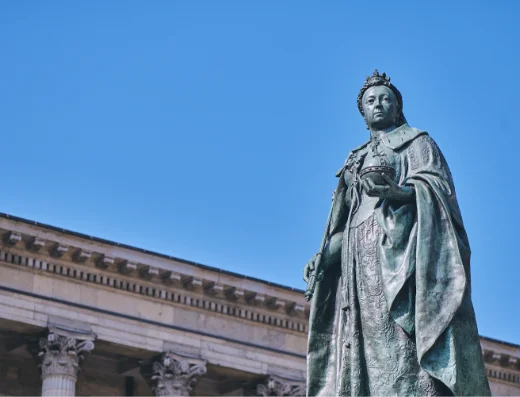
Reporting
Further engagement with Colmore BID stakeholders and production of research report and our response
Contact Us
For more information on the Study and for media/press enquiries, please contact:
info@colmorebid.co.uk
For more information on Colmore BID, please visit www.colmorebusinessdistrict.com/about.